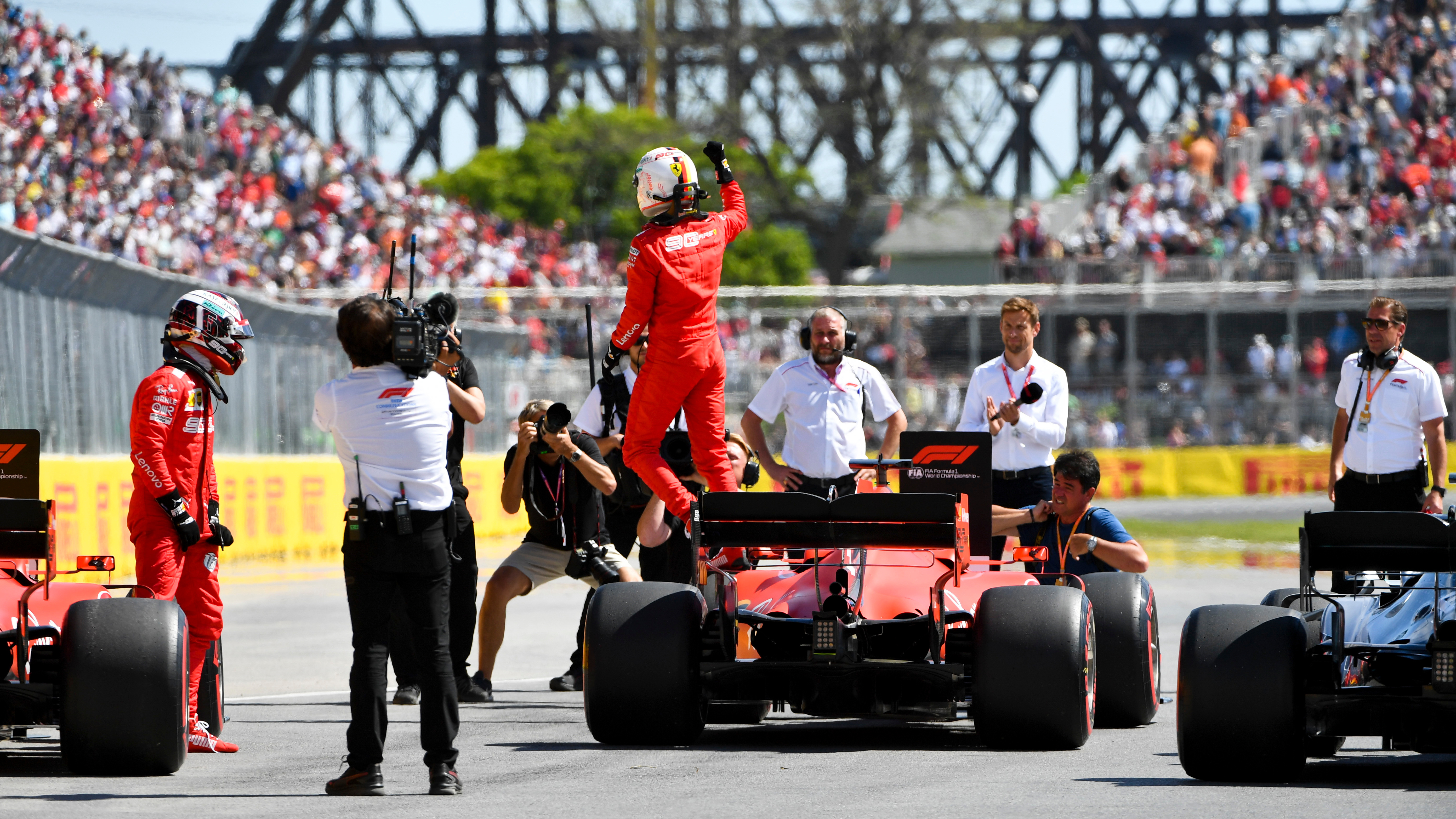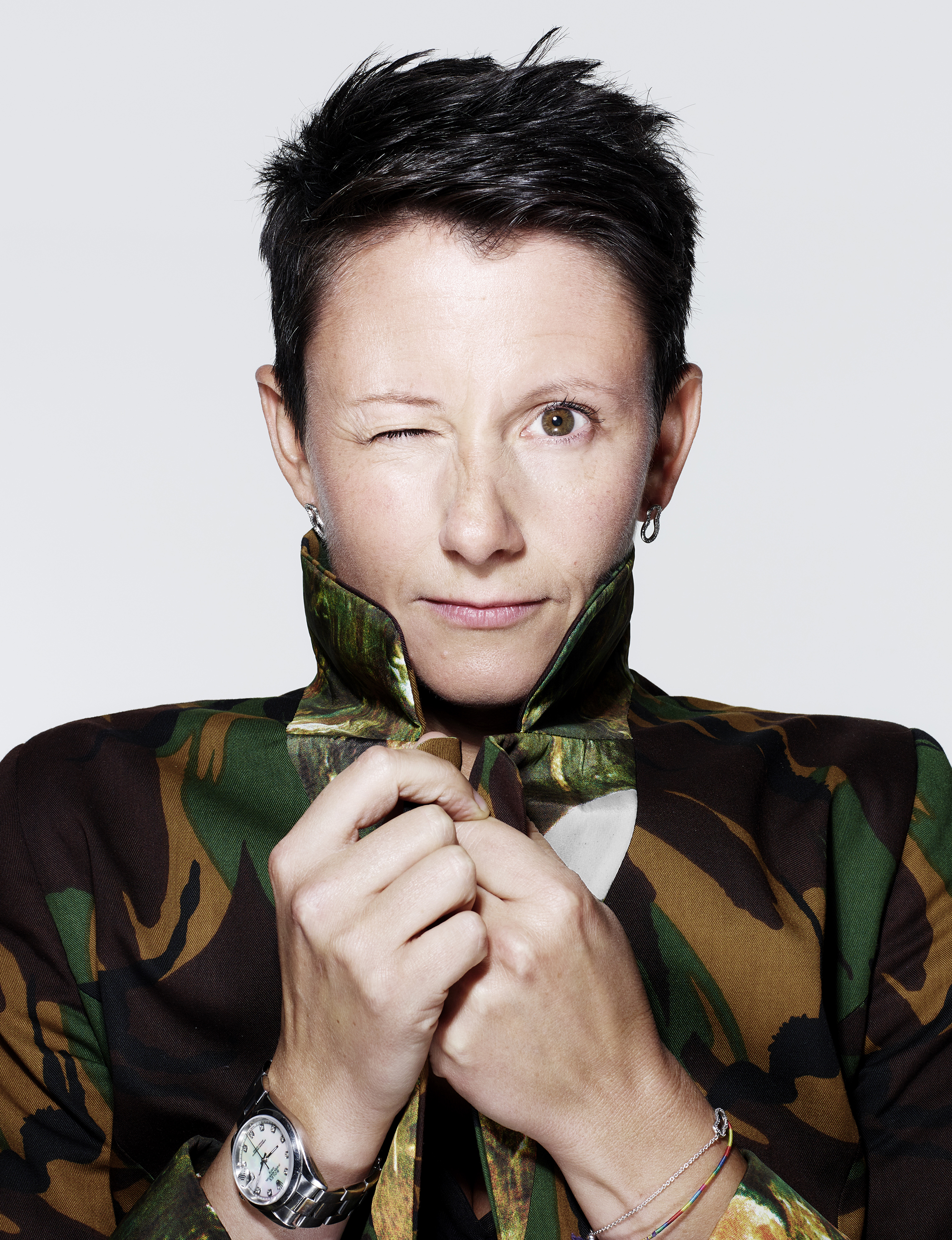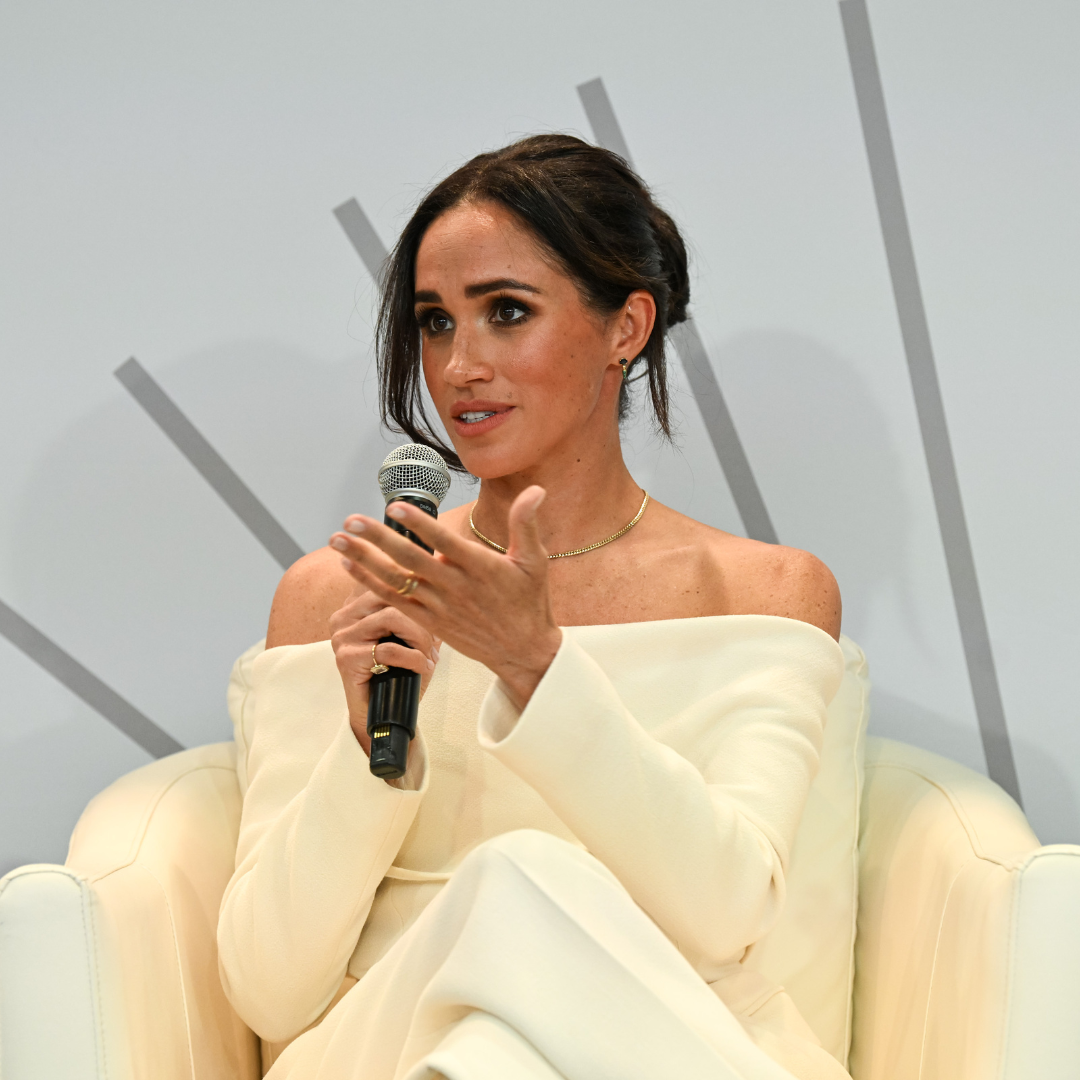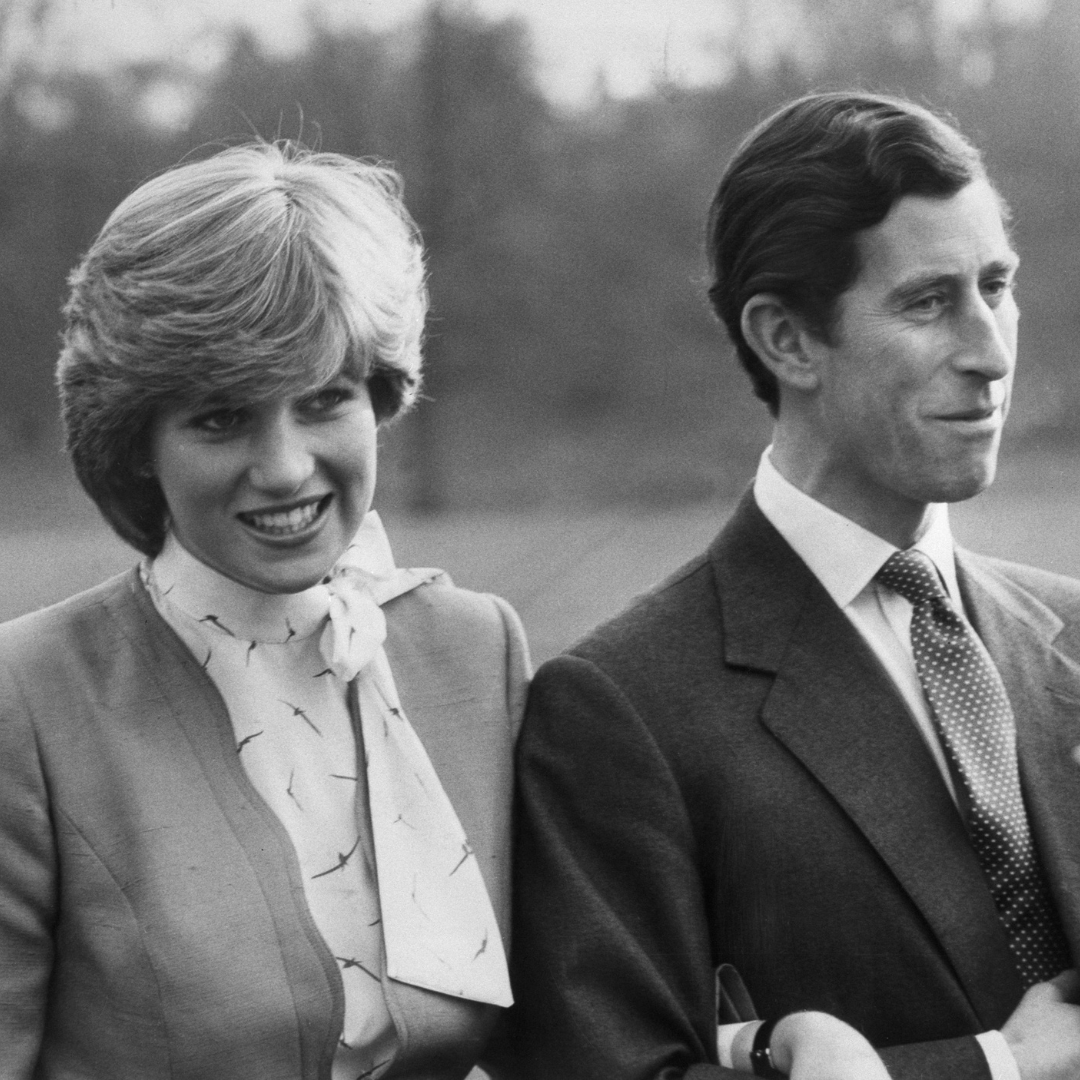Meet Ellie Norman – Formula One's first female executive on a mission to rebrand the sport
The world of F1 is finally shifting, and this is the women driving the change

The world of F1 is finally shifting, and this is the women driving the change
Ellie Norman was working at Virgin Media when she got a call in the beginning of 2017 from her now-boss Sean Bratches, Managing Director of Commercial Operations at F1, asking to meet him for a coffee. Today, Formula One’s first high-profile female executive under Liberty Media, is doing her very best to change the sport’s false perception.
Did you feel comfortable going into Formula One?
‘Believe it or not, as a ten-year-old girl I dreamt of being a female Formula One driver. I never got to the stage, as you may have guessed, but I’ve always had a love for cars and speed – I obtained my racing license in 2007 – and I am fascinated by the engines and technology in cars. Having that general, sort of basic, knowledge of the automotive industry, made the transition easier.’

Growing up as a girl interested in cars, did you ever feel like the industry was primarily targeted towards men?
‘That’s really interesting because from a very young age, I’ve never seen any barriers. I grew up on a farm with my sisters – my dad was a farmer – and we weren’t really exposed to gender stereotypes. I got thrown into the deep end, worked outside with machinery and altering vehicles like tractors. I’ve never looked at anything and thought: that’s more of a boy’s thing versus a girl’s thing.’
You’re the Director of Marketing & Communications at Formula One. What keeps you busy on a daily basis?
Marie Claire Newsletter
Celebrity news, beauty, fashion advice, and fascinating features, delivered straight to your inbox!
‘My role is structured around delivering the business’s three main objectives. First, we want more people to engage with the sports, this can be via TV or via digital channels. Secondly, we want more people to attend the races around the world. And finally, we want to grow our fan base, make Formula One as relevant to as many people as possible. There is a false perception that F1 is a male-oriented sport, but 44% of our fan base is actually female. I believe that as an organisation and as a sport, we have the responsibility to look for ways to further increase that inclusion and diversity.’
Is that why you removed the grid girls?
‘We realised that if we wanted to grow our female fan base, this was a decision we had to make. Their roles were no longer relevant – the drivers couldn’t actually see the lollipops these girls were holding, neither could the audience that was watching the race on TV. This one simple move has allowed us to shine the spotlight on other highly skilled women in the sport, like the women in the pit crew, broadcasters, marketers and event managers – there are a lot more women taking on roles in this sport than you might expect.’
So you never doubted this decision?
‘Oh no, not at all. t’s fair to say that it was a controversial decision that didn’t make everyone happy. Especially for the older fan base – those who have been avid fans of F1 for years – it was a big change. It was incredibly interesting to see the amount of support we received from newer fans and the Generation Z audience, as well as from young guys who found the whole concept slight archaic.’
Tell me more about how you’re getting Gen Z interested?
‘One of our goals is to inspire the younger generations to consider careers in Formula One. The sport has always been perceived as quite elitist. We want to break down these barriers, open up the conversation with Gen Z, and the best way to do that is via social media. We had Millie Bobby Brown from Stranger Things come in and join us. That gave us an opportunity to create relevant content and portray the sport in much more relatable way to her fan base.’
It is still very much a male-dominated industry. Do you have a lot of women working for you?
‘When I joined the company, I got an office, a mobile phone, a laptop and essentially a blank sheet of paper. I was very conscious about how to build my team – we’re a small team, only 22 people – so my recruitment strategy was to hire 50-50 men and women, some with experience outside the industry, as well as people from within F1.'
What advice would you give young girls that want to get into Formula One?
‘As an aspiring race driver, you have to stay focussed and keep the momentum up – work hard and go for it. There are more and more young women coming up through the ranks, like Tatiana Calderón – the first woman to compete in Formula 2 – and Jamie Chadwick. If you’re interested in the business side of F1, remember to be brave, be bold and get comfortable with being uncomfortable.’
-
 Meghan Markle opens up about 'huge medical scare' after giving birth
Meghan Markle opens up about 'huge medical scare' after giving birthBy Iris Goldsztajn
-
 You'll never guess which White Lotus characters almost had sex in the finale
You'll never guess which White Lotus characters almost had sex in the finaleWe can't believe this
By Iris Goldsztajn
-
 What King Charles 'deeply regrets' from marriage to Princess Diana
What King Charles 'deeply regrets' from marriage to Princess DianaIt was a difficult relationship
By Iris Goldsztajn